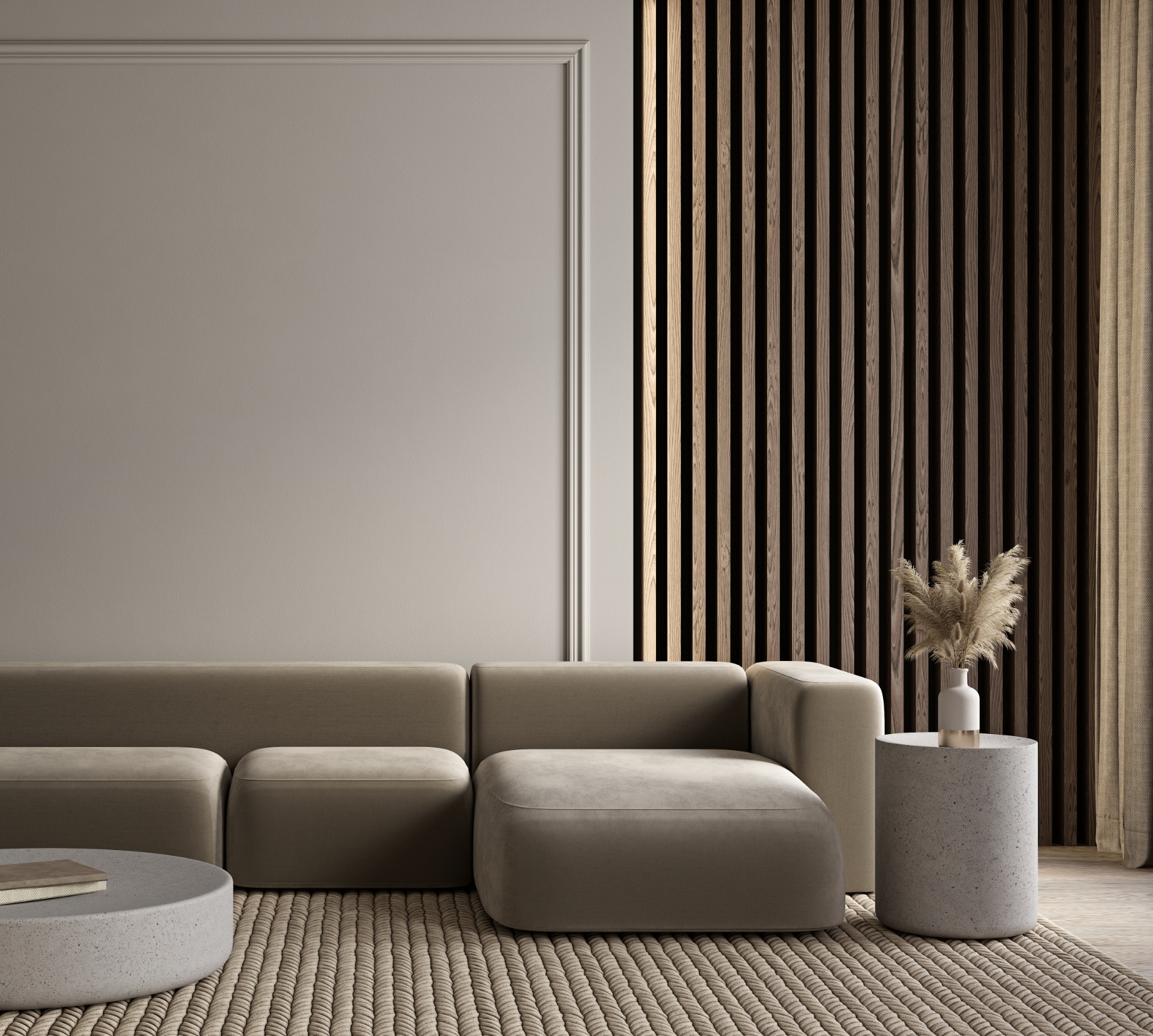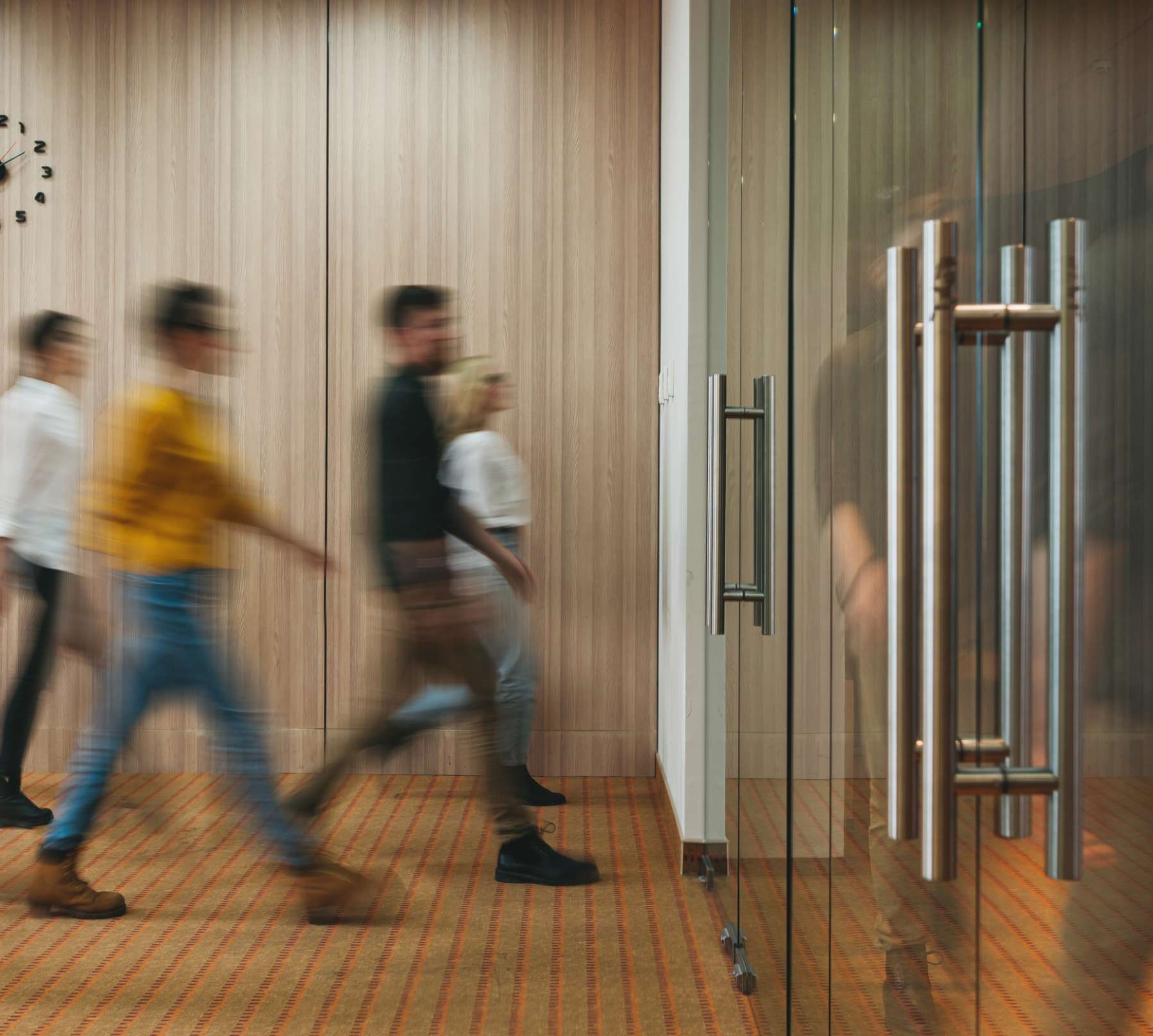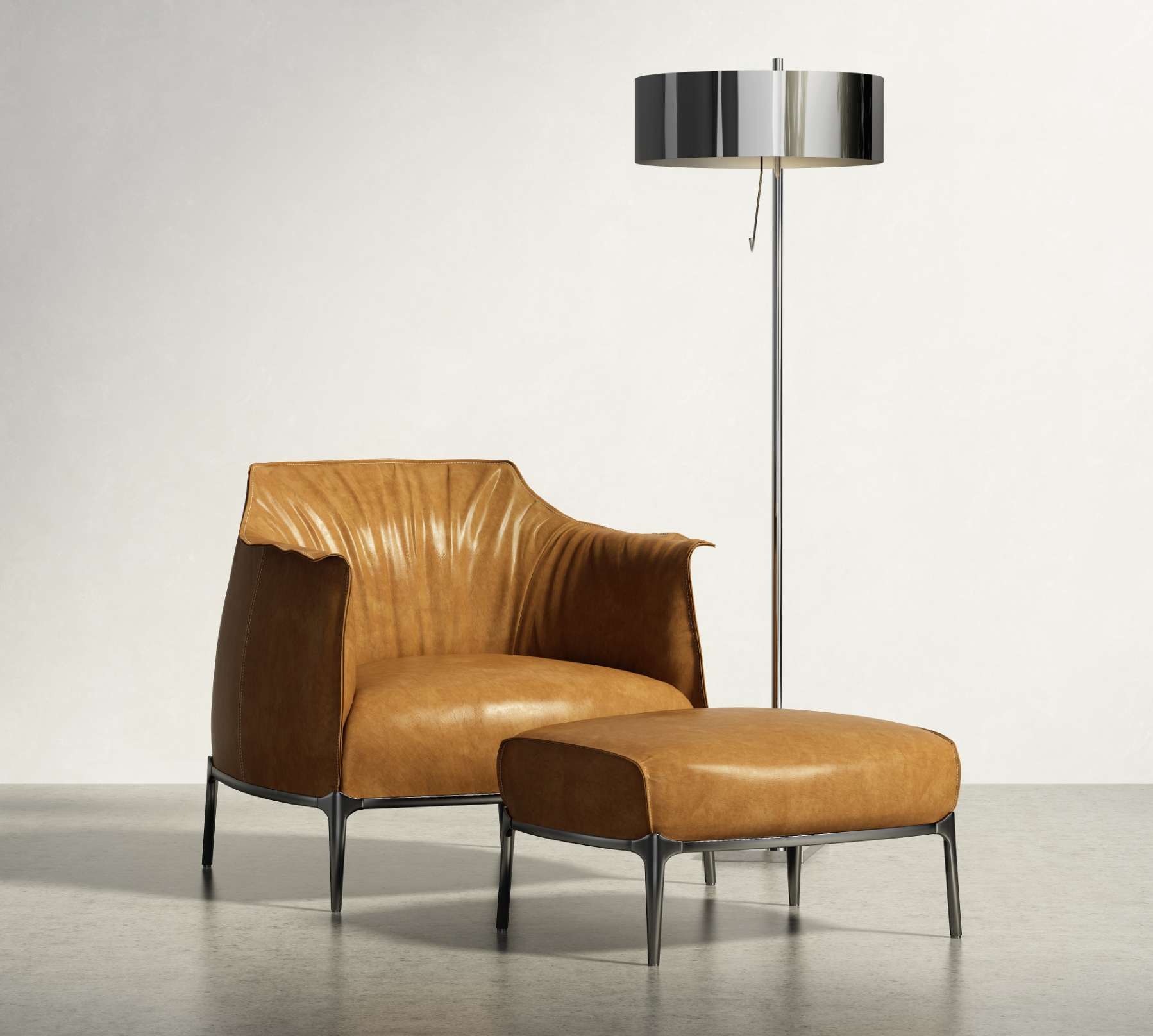Water is an important necessity & commodity in all segments of life. In the changing scenario of the increasing cost of water, It has become the utmost important issue.
The conventional system for water supply & distribution is designed just to fulfill the requirement with minimum atomization & pressures.
The increasing cost of the pumps, electricity & manpower to operate any water supply system is compelling us to choose a totally automatic water supply & distribution system. The satisfactory solution, fulfilling the need, is the ‘Hydro-Pneumatic System’. The hydro-pneumatic system provides water automatically at defined pressure & quantities at many locations from single pumping system. This system operates on variety of differential pressures. It operates automatically by sensing the pressure within the preset pressure range.
Hydro-pneumatic systems are used, to supply water at designed pressure & quantity from a single source.
Two types of Hydro-pneumatic systems are commonly used.
-
TAP FEEDING:
In this system, water can be directly supplied to taps from UGWT only. Thus, it eliminates all Over Head Water Tanks. Any pressure can be designed and achieved at each tap, which is not possible in gravity feeding system.
-
TANK FEEDING:
In multi-building complexes, water can be directly supplied to all overhead water tanks through a ring main, connected to them from UGWT with H.P.system (Refer sketch)
This system, if designed properly for total automation; can reduce the maintenance cost & problems arising due to frequent maintenance.
ADVANTAGES OF HYDRO- PNEUMATIC SYSTEM
- If tap feeding systems are used during construction for curing purpose, cost of electricity saved, is greater than the system .
- This system reduces the construction cost of number of water tanks because only one tank is sufficient.
- Overhead tanks can be The chances of failure of a building during earthquake, because of the overhead water tanks, is reduced.
- The required designed pressure for a tap can be achieved in this system, which isnot possible in gravity feeding
- The system being totally automatic, requires less maintenance resulting in reducing the
- Lesser maintenance results in reducing the wastage of
- Since the system requires only one UG water tank, it helps to design better layouts for parking and other recreational
THE CRITERIA BEHIND THE CALCULATIONS OF SYSTEM CAPACITY (LPM)
- The design shall consider the type of building, the activities of the occupants and the human . The other factors except the human tendency, can be covered by engineering formulae. Taking into consideration the human tendencies, the system is designed, on the basis of various operating data and records compiled over the years by various users, manufacturers and trade associations. The recommended data is as follows.
- Assign a number, to each individual fixture in the piping system. Take the help of the fixture unit table given
- Count the total number of fixture units for the entire
- Convert the total fixture units to a fixture peak demand in LPM using the fixture Peak demand curves.
- Add the Additional quantity of flow required for any special purpose, such as air conditioning apparatus, process equipment, boiler make up, swimming pools, etc.The capacity charts show fixture peak demand Therefore, separately estimated special purpose demand shall be added to the fixture demand.
Notes: –
- Occupancy – Capacity ratings are based on the assumption that an equal number of men and women are to be accommodated. Where the occupancy is predominantly female, increase the total design capacity by 15%.
- Laundries – In case of hotels and hospitals, where a laundry is operated in connection with the building, increase the total pumping capacity by 10%.
- FIXTURE PEAK DEMAND————————— LPM
- SPECIAL DUTY DEMAND————————— LPM
- SYSTEM CAPACITY (1+2)——————————LPM
EXAMPLE: –
Consider a building consisting 2 BHK flats having 4 flats on each floor and having 11 stories. Total number of flats = 44 Nos
Total number of toilets = 88 Nos.
A Table showing the calculations of total required LPM for the considered building is as follows.
| Sr.No. | Fixture | Type of control | Fixture units (lpm) | Number of fixtures | Total (lpm) |
| 1. | Master toilet | Flush tank | 6 | 44 | 264 |
| 2. | Common toilet | Flush tank | 6 | 44 | 264 |
| 3. | Kitchen sink | Faucet | 2 | 44 | 88 |
| 4. | Washing machine | Automatic | 4 | 44 | 176 |
| 5. | ½” hose connection | Faucet | 4 | 88 | 352 |
| Total in lpm | 1144 |
The suitable pump capacity, for this LPM and for the desired pressure, and also considering the pressure losses; is chosen. A additional stand by pump of suitable capacity is also suggested.







0 Comments